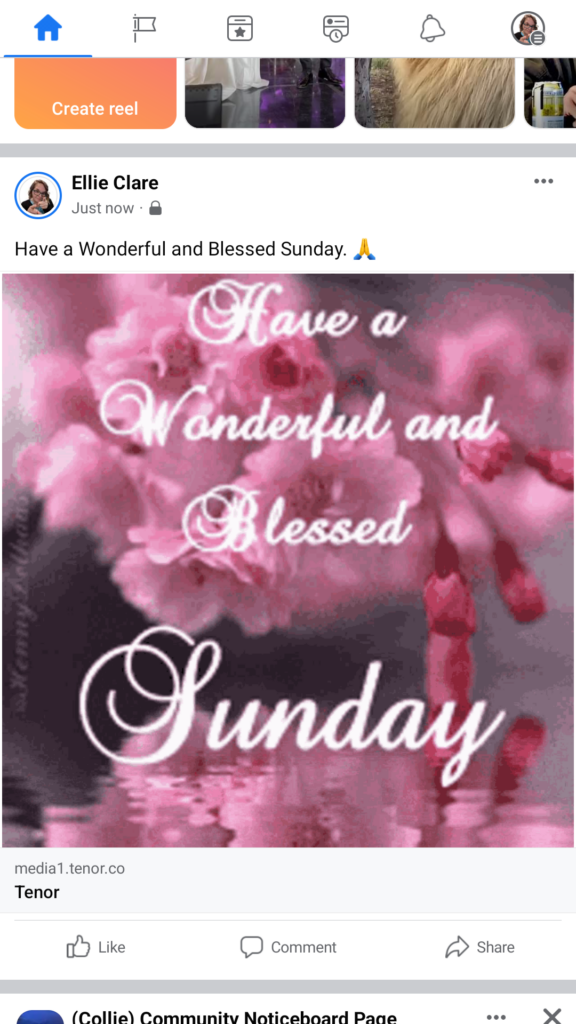
In our previous blog, I outlined a couple of ways to make your social media content more accessible for people who are visually impaired or colour-blind. To further enhance your social reach and accessibility, click the button below for a few more tips to try.
Optimise your hashtags for accessibility
Hashtags are an important part of social media usage and shouldn’t be overlooked when optimising your posts for accessibility. The best way to make sure your hashtags are clearly communicated is to use #CamelCase. Capitalising each word in your hashtags allows screen readers to understand what they say accurately. This is also helpful for people with visual and cognitive impairments, like low vision and dyslexia.

Transcribe your GIFs and memes
What is a meme? A meme is an image with text overlaid, and these have become very popular on social media because they are easily shared.
What is a GIF? GIF stands for Graphics Interchange Format, and is the term used for a small clip of video that auto-loops.
For people with visual disabilities, memes and GIFs are often unavailable because screen readers can’t interpret them. That’s because screen readers view memes and GIFs as images and cannot read the words included in the image. However, just like you would with a standard photo, you can make memes and GIFs accessible to all of your customers by adding a caption to the text. Here’s an example:
Accessibility and emojis
Unlike photos, GIFs, and memes, screen readers can read these little icons that seem to pop up everywhere on social media (and they’re not uncommon in emails either!). However, if you use emojis, keep in mind that technology has not caught up with culture yet, and screen readers provide literal translations of emojis. This means a Facebook post such as this example may lose its humour!
Even though emojis lose some of their whimsical nature in the translation, that doesn’t mean you shouldn’t use them, but be aware of how many you use, how often they appear, and how many you use in a row.
Note: It’s true! The CEO was working hard that day! Watch the video to see a sample of what a screen reader does.
Social media and dyslexia
Not many people know this, but I was diagnosed with dyslexia when I was 19 years old. I always struggled academically at school but was able to hide it very well, and I excelled at sports and creative subjects to get me through. Once I got into the real world, my life changed and I could not hide my difficulties as easily. Thankfully, my first boss noticed and ultimately helped me get diagnosed, which meant I could change the way I did things to suit the way my brain learned. With a few changes and a better understanding of this condition, I flourished. Now, twenty years later, I am lucky enough to run my own business that I absolutely love, and have recruited support from a copywriter and proofreader to ensure that what I write makes sense for you!
Here are our tips to make your social media posts easy to read for people with dyslexia:
- Dyslexic people are very visual and creative; use images that will attract their attention.
- Use fewer words and get to the point! Don’t beat around the bush.
- Use dot points where possible.
- Avoid endless paragraphs.
- If you use text on images, ensure it is contrasted and use bold font to make it easy to read.
Stay up-to-date on all of our new blogs! Sign up via the button below and have new content delivered directly to your inbox.